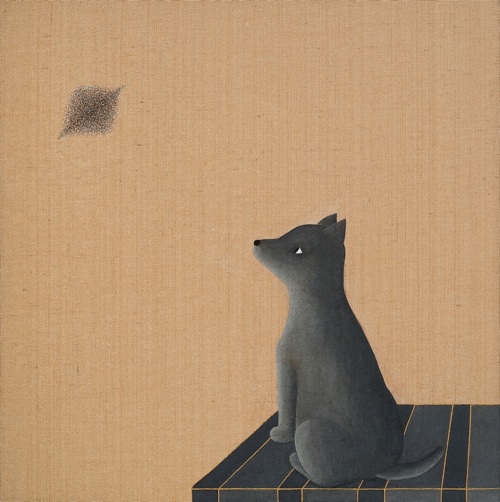A snowflake falls silently from the sky, landing on the branch of an Elm tree. If we look deep inside the snowflake we can see the crystals of water that make up this lovely structure. Deeper still we can see the individual water molecules themselves, and deeper yet we see the constituents of water, a single oxygen atom bonded to two hydrogens: H2O. Delving even deeper, we become aware of the fundamental structure of the atom: its very tiny nucleus, consisting of protons and neutrons, surrounded by a voluminous cloud of electrons, one electron for each nuclear proton.
Indivisible and constantly in motion, electrons revolve around their nucleus in orbits that are characteristic of the particular atom. Sometimes they make quantum leaps into different orbits. Occasionally, when imparted with enough energy, they abandon their nucleus entirely.
Such an electron travels freely through space but, due to the mysteries of quantum mechanics, hides both its exact location and its exact speed, never allowing us to know precisely where it is or how fast it is moving. It exists behind an opaque lens of probability and possibility. The best we can do is determine that it is more likely to be in one place than another, or going faster rather than slower. These ideas are represented as a wave packet.
The artist as his dog looks at the wave packet in all its mystery, a visual metaphor of where the electron might be, and contemplates the even more mysterious nature of human existence.

